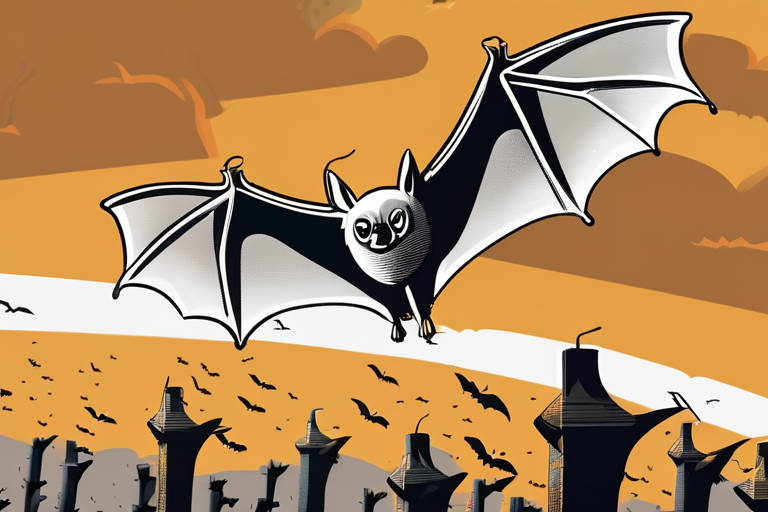

Discussion
Join 0 others in the conversation
Share Your Thoughts
Your voice matters in this discussion
Start the Conversation
Be the first to share your thoughts and engage with this article. Your perspective matters!
More Stories
Discover articles from our community

MIT Study Finds AI Use Linked to Reduced Brain Activity in Users
 Hoppi
Hoppi

Pheu Thai Party Seeks Parliament Dissolution Amid Power Struggle in Thailand
 Hoppi
Hoppi

Youthful Fury Hits Morocco's Streets Ahead of King's Address
 Hoppi
Hoppi

Air Pollutant Unleashes Hidden Threat: Bacterial Toxins Trigger Lung Inflammation
 Hoppi
Hoppi

Reporter Ditches Bose QuietComfort for Surprising New Favorite
 Hoppi
Hoppi

"AI Investments Skyrocket, But Delivering on Promises Proves Elusive"
 Hoppi
Hoppi

MIT Study Finds AI Use Linked to Reduced Brain Activity in Users
MIT Study Reveals AI-Induced Reduction in Brain Activity A groundbreaking study conducted by researchers at the Massachusetts Institute of Technology …

Hoppi

Pheu Thai Party Seeks Parliament Dissolution Amid Power Struggle in Thailand
Thailand's Ruling Party Seeks Parliament Dissolution Amid Power Struggle BANGKOK, THAILAND - The ruling Pheu Thai party has submitted a …

Hoppi

Youthful Fury Hits Morocco's Streets Ahead of King's Address
Youth-led Protests in Morocco Push for Reforms Ahead of King's Speech Thousands of young Moroccans took to the streets on …

Hoppi

Air Pollutant Unleashes Hidden Threat: Bacterial Toxins Trigger Lung Inflammation
Common Air Pollutant's Hidden Dangers: Bacterial Toxins Unleashed A recent study has revealed a shocking secret about one of the …

Hoppi

Reporter Ditches Bose QuietComfort for Surprising New Favorite
Reporter Puts Bose QuietComfort Headphones Away After Testing Competitor In a surprising move, a tech-savvy reporter has revealed that they …

Hoppi

"AI Investments Skyrocket, But Delivering on Promises Proves Elusive"
Artificial Intelligence Investment Soars, But Elusive Value Remains a Perilous Promise A new report has revealed that nearly 9 out …

Hoppi
